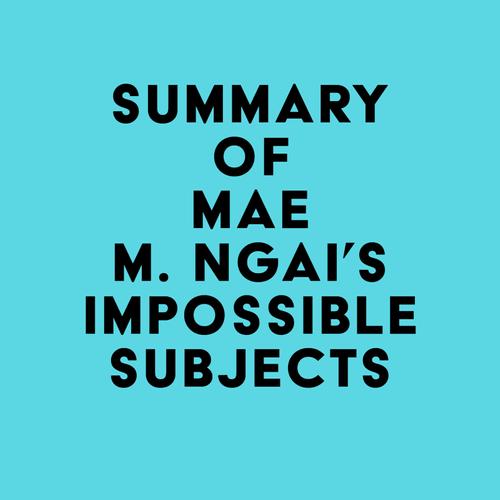Please note: This is a companion version & not the original book. Sample Book Insights:#1 The Johnson-Reed Immigration Act of 1924 marked the beginning of restriction in American immigration policy. It placed numerical limits on immigration and established a quota system that classified the world’s population according to nationality and race, ranking them in a hierarchy of desirability for admission into the United States.#2 Until the 1920s, immigration into the United States was unrestricted, reflecting a tradition of laissez-faire labor mobility that dated to the colonial period. Chinese exclusion was the major exception to this rule.#3 The first federal immigration laws established qualitative criteria for selective or individual exclusion that expressed normative definitions of social desirability. The Immigration Service excluded only 1 percent of the 25 million immigrants from Europe who arrived in the United States from 1880 to World War I.#4 After World War I, the international system that emerged gave primacy to the territorial integrity of the nation-state, which raised the borders between nations. This caused a crisis atmosphere around immigration in Congress in 1920, as many feared that the country would be inundated with subversives.
